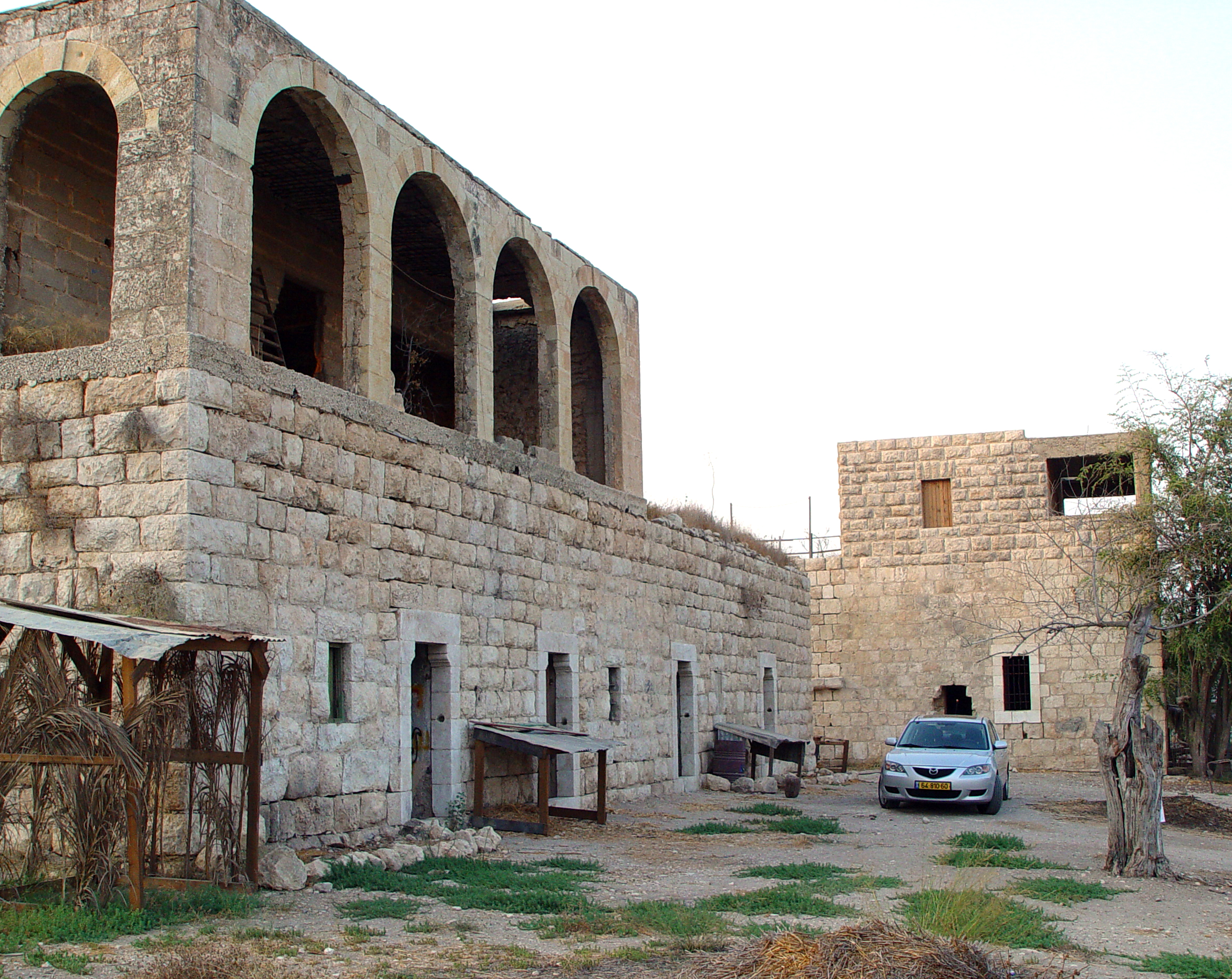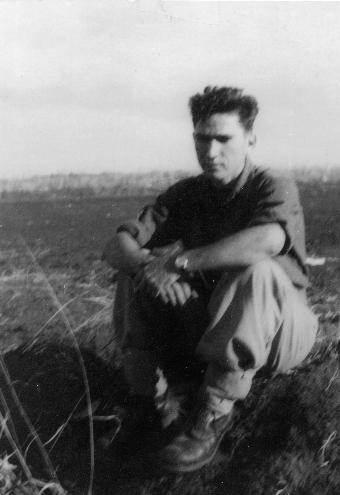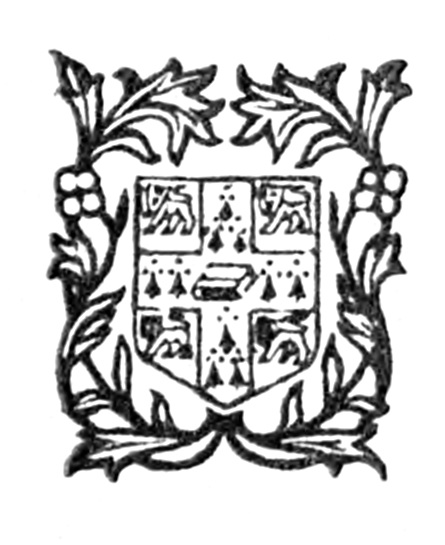|
Harel, Israel
Harel ( he, הַרְאֵל, lit. ''Mountain of God'') is a kibbutz in central Israel. Located near Latrun with an area of 12,000 dunams, it falls under the jurisdiction of Mateh Yehuda Regional Council. In it had a population of . History Kibbutz Harel established on 28 October 1948 on the land of the List of villages depopulated during the Arab-Israeli conflict, depopulated Palestinians, Palestinian village of Bayt Jiz. It was named for the Harel Brigade of the Palmach, which its founders had been members of and the building from which Yitzhak Rabin commanded the Harel Brigade is located on the grounds of the kibbutz. Most of the founders were Sabra (person), Sabras, although some were new immigrants from Hungary and Poland. A pre-Roman wine press was discovered in the kibbutz vineyards. Clos de Gat winery, established in 1998, produces around 90,000 bottles annually. The grapes come from 130 dunams of vineyards on the outskirts of the kibbutz. [...More Info...] [...Related Items...] OR: [Wikipedia] [Google] [Baidu] |
Palmach
The Palmach (Hebrew: , acronym for , ''Plugot Maḥatz'', "Strike Companies") was the elite fighting force of the Haganah, the underground army of the Yishuv (Jewish community) during the period of the British Mandate for Palestine. The Palmach was established on 15 May 1941. By the outbreak of the 1948 Arab–Israeli War it consisted of over 2,000 men and women in three fighting brigades and auxiliary aerial, naval and intelligence units. With the creation of Israel's army, the three Palmach Brigades were disbanded. This and political reasons compelled many of the senior Palmach officers to resign in 1950. The Palmach contributed significantly to Israeli culture and ethos, well beyond its military contribution. Its members formed the backbone of the Israel Defense Forces high command for many years, and were prominent in Israeli politics, literature and culture. History The Palmach was established by the Haganah High Command on 14 May 1941. Its aim was to defend the Pale ... [...More Info...] [...Related Items...] OR: [Wikipedia] [Google] [Baidu] |
Institute For Palestine Studies
The Institute for Palestine Studies (IPS) is the oldest independent nonprofit public service research institute in the Arab world. It was established and incorporated in Beirut, Lebanon, in 1963 and has since served as a model for other such institutes in the region. It is the only institute in the world solely concerned with analyzing and documenting Palestinian affairs and the Arab–Israeli conflict. It also publishes scholarly journals and has published over 600 books, monographs, and documentary collections in English, Arabic and French—as well as its renowned quarterly academic journals: ''Journal of Palestine Studies'', ''Jerusalem Quarterly'', and ''Majallat al-Dirasat al-Filistiniyyah''. IPS's Library in Beirut is the largest in the Arab world specializing in Palestinian affairs, the Arab–Israeli conflict, and Judaica. It is led by a Board of Trustees comprising some forty scholars, businessmen, and public figures representing almost all Arab countries. The institut ... [...More Info...] [...Related Items...] OR: [Wikipedia] [Google] [Baidu] |
Populated Places Established In 1948
Population typically refers to the number of people in a single area, whether it be a city or town, region, country, continent, or the world. Governments typically quantify the size of the resident population within their jurisdiction using a census, a process of collecting, analysing, compiling, and publishing data regarding a population. Perspectives of various disciplines Social sciences In sociology and population geography, population refers to a group of human beings with some predefined criterion in common, such as location, race, ethnicity, nationality, or religion. Demography is a social science which entails the statistical study of populations. Ecology In ecology, a population is a group of organisms of the same species who inhabit the same particular geographical area and are capable of interbreeding. The area of a sexual population is the area where inter-breeding is possible between any pair within the area and more probable than cross-breeding with ... [...More Info...] [...Related Items...] OR: [Wikipedia] [Google] [Baidu] |
Kibbutzim
A kibbutz ( he, קִבּוּץ / , lit. "gathering, clustering"; plural: kibbutzim / ) is an intentional community in Israel that was traditionally based on agriculture. The first kibbutz, established in 1909, was Degania. Today, farming has been partly supplanted by other economic branches, including industrial plants and high-tech enterprises. Kibbutzim began as utopian communities, a combination of socialism and Zionism. In recent decades, some kibbutzim have been privatized and changes have been made in the communal lifestyle. A member of a kibbutz is called a ''kibbutznik'' ( he, קִבּוּצְנִיק / ; plural ''kibbutznikim'' or ''kibbutzniks''). In 2010, there were 270 kibbutzim in Israel with population of 126,000. Their factories and farms account for 9% of Israel's industrial output, worth US$8 billion, and 40% of its agricultural output, worth over US$1.7 billion. Some kibbutzim had also developed substantial high-tech and military industries. For examp ... [...More Info...] [...Related Items...] OR: [Wikipedia] [Google] [Baidu] |
Yiftach Brigade
The Yiftach Brigade (also known as the Yiftah Brigade, the 11th Brigade in the 1948 Arab–Israeli War) was an Israeli infantry brigade. It included two Palmach battalions (the 1st and 7th), and later also the 2nd, which was transferred from the Negev Brigade. The Palmach memorial website records 274 of its members being killed whilst in the Yiftach Brigade. File:Moshe Kelman ii.jpg, Moshe Kelman, commander during Operation Yiftach File:Mula Cohen.jpg, Mula Cohen, commander during Operation Danny File:Gideon Eilat.jpg, Gideon Eilat commander during Operation Yoav Military operations The Yiftach Brigade participated in the following Israeli military operations: * Operation Yiftach * Operation Yoram * Operation Danny * Operation Yoav * Metzudat Koach Memorial The memorial for the fallen soldiers of the Yiftach Brigade is situated in the northern Negev north of Rahat, near Kibbutz A kibbutz ( he, קִבּוּץ / , lit. "gathering, clustering"; plural: kibbutzim ... [...More Info...] [...Related Items...] OR: [Wikipedia] [Google] [Baidu] |
Poland
Poland, officially the Republic of Poland, , is a country in Central Europe. Poland is divided into Voivodeships of Poland, sixteen voivodeships and is the fifth most populous member state of the European Union (EU), with over 38 million people, and the List of European countries by area, seventh largest EU country, covering a combined area of . It extends from the Baltic Sea in the north to the Sudetes and Carpathian Mountains in the south, bordering seven countries. The territory is characterised by a varied landscape, diverse ecosystems, and Temperate climate, temperate transitional climate. The capital and List of cities and towns in Poland, largest city is Warsaw; other major cities include Kraków, Wrocław, Łódź, Poznań, and Gdańsk. Prehistory and protohistory of Poland, Humans have been present on Polish soil since the Lower Paleolithic, with continuous settlement since the end of the Last Glacial Period over 12,000 years ago. Culturally diverse throughout ... [...More Info...] [...Related Items...] OR: [Wikipedia] [Google] [Baidu] |
Hungary
Hungary ( hu, Magyarország ) is a landlocked country in Central Europe. Spanning of the Carpathian Basin, it is bordered by Slovakia to the north, Ukraine to the northeast, Romania to the east and southeast, Serbia to the south, Croatia and Slovenia to the southwest, and Austria to the west. Hungary has a population of nearly 9 million, mostly ethnic Hungarians and a significant Romani minority. Hungarian, the official language, is the world's most widely spoken Uralic language and among the few non- Indo-European languages widely spoken in Europe. Budapest is the country's capital and largest city; other major urban areas include Debrecen, Szeged, Miskolc, Pécs, and Győr. The territory of present-day Hungary has for centuries been a crossroads for various peoples, including Celts, Romans, Germanic tribes, Huns, West Slavs and the Avars. The foundation of the Hungarian state was established in the late 9th century AD with the conquest of the Carpat ... [...More Info...] [...Related Items...] OR: [Wikipedia] [Google] [Baidu] |
Sabra (person)
A sabra or tzabar ( he, צַבָּר, plural: ''tzabarim'') is an informal-turned-formal modern Hebrew term that defines any Jew born in Israel. The term came into widespread use in the 1930s to refer to a Jew who had been born in Palestine (including the British Mandate of Palestine and Ottoman Palestine; ''cf. New Yishuv & Old Yishuv''), though it may have appeared earlier. Since the establishment of the State of Israel in 1948, Israelis have used the word to refer to a Jew born anywhere in the Land of Israel (inclusive of the Israeli-occupied territories). The term alludes to a tenacious, thorny desert plant, known in English as prickly pear, with a thick skin that conceals a sweet, softer interior. The cactus is compared to Israeli Jews, who are supposedly tough on the outside, but delicate and sweet on the inside. In 2010, over 4,000,000 Israeli Jews (70%) were sabras, with an even greater percentage of Israeli Jewish youths falling into this category. In 2015, about 75% of ... [...More Info...] [...Related Items...] OR: [Wikipedia] [Google] [Baidu] |
Yitzhak Rabin
Yitzhak Rabin (; he, יִצְחָק רַבִּין, ; 1 March 1922 – 4 November 1995) was an Israeli politician, statesman and general. He was the fifth Prime Minister of Israel, serving two terms in office, 1974–77, and from 1992 until his assassination in 1995. Rabin was born in Jerusalem to Jewish immigrants from Eastern Europe and was raised in a Labor Zionist household. He learned agriculture in school and excelled as a student. He led a 27-year career as a soldier and ultimately attained the rank of Rav Aluf. As a teenager he joined the Palmach, the commando force of the Yishuv. He eventually rose through its ranks to become its chief of operations during the 1948 Arab–Israeli War. He joined the newly formed Israel Defense Forces in late 1948 and continued to rise as a promising officer. He helped shape the training doctrine of the IDF in the early 1950s, and led the IDF's Operations Directorate from 1959 to 1963. He was appointed Chief of the General Staff ... [...More Info...] [...Related Items...] OR: [Wikipedia] [Google] [Baidu] |
Harel Brigade
Harel Brigade (, ''Hativat Harel'') is a reserve brigade of the Israel Defense Forces, today part of the Southern Command. It played a critical role in the 1948 Palestine war, also known as "Israel's War of Independence." It is one of the former divisions of the Palmach, the elite fighting force of the Haganah, that remains in the Israeli Defense Forces. History War of Independence The Harel Brigade was established on 16 April 1948 as a division of the Palmach, immediately after Operation Nachshon. It was composed of three battalions (''Sha'ar Hagai'' - known as the First Battalion; ''Ha-portzim'' - known as the Second Battalion; and the ''Giv'ati'' 54th Battalion). 1,400 men, which had fought in Operation Nachshon in the Jerusalem area. Therefore, its name Harel ("Mountain of God") is taken from mount Zion in Jerusalem. This infantry unit was headed by Yitzhak Rabin, who was appointed its first commander, and who was later replaced by Joseph Tabenkin. During the early ph ... [...More Info...] [...Related Items...] OR: [Wikipedia] [Google] [Baidu] |
Cambridge
Cambridge ( ) is a university city and the county town in Cambridgeshire, England. It is located on the River Cam approximately north of London. As of the 2021 United Kingdom census, the population of Cambridge was 145,700. Cambridge became an important trading centre during the Roman and Viking ages, and there is archaeological evidence of settlement in the area as early as the Bronze Age. The first town charters were granted in the 12th century, although modern city status was not officially conferred until 1951. The city is most famous as the home of the University of Cambridge, which was founded in 1209 and consistently ranks among the best universities in the world. The buildings of the university include King's College Chapel, Cavendish Laboratory, and the Cambridge University Library, one of the largest legal deposit libraries in the world. The city's skyline is dominated by several college buildings, along with the spire of the Our Lady and the English Marty ... [...More Info...] [...Related Items...] OR: [Wikipedia] [Google] [Baidu] |
Cambridge University Press
Cambridge University Press is the university press of the University of Cambridge. Granted letters patent by Henry VIII of England, King Henry VIII in 1534, it is the oldest university press in the world. It is also the King's Printer. Cambridge University Press is a department of the University of Cambridge and is both an academic and educational publisher. It became part of Cambridge University Press & Assessment, following a merger with Cambridge Assessment in 2021. With a global sales presence, publishing hubs, and offices in more than 40 Country, countries, it publishes over 50,000 titles by authors from over 100 countries. Its publishing includes more than 380 academic journals, monographs, reference works, school and university textbooks, and English language teaching and learning publications. It also publishes Bibles, runs a bookshop in Cambridge, sells through Amazon, and has a conference venues business in Cambridge at the Pitt Building and the Sir Geoffrey Cass Spo ... [...More Info...] [...Related Items...] OR: [Wikipedia] [Google] [Baidu] |





